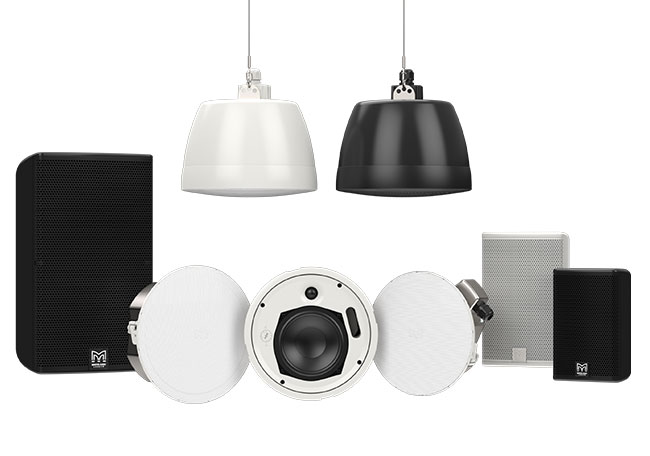In well-lit illumination conditions, motion detection is typically more accurate. As there is ample illumination, sensors and cameras can obtain clearer pictures, which helps in recognizing moving elements. Bright conditions allow for better contrast between the dynamic object and the surroundings. This contrast is crucial for both visual observers and mechanical technologies, as it facilitates it easier to distinguish between static and moving elements in a setting. Therefore, making sure that areas are adequately illuminated can significantly enhance the learn about this here now performance of movement detection systems.
On the other hand, low-light conditions can present challenges for movement detection. In dim environments, shadows can hide moving elements, making them hard to detect. Additionally, the eye struggles to detect movement in dim conditions, which can result in misunderstanding of what is happening in the surroundings. Cameras might also encounter difficulties, as many do not function well in low light without the use of infrared capabilities or other improvements. These limitations highlight the importance of sufficient illumination in settings where movement detection is critical.
Additionally, different kinds of illumination can have varying effects on motion detection. For example, fluorescent lights can flash, which might confuse movement detection technologies that rely on steady light input. On the other hand, daylight provides a steady form of lighting that enhances visibility. Comprehending these differences in lighting conditions can guide operators in selecting the most suitable illumination for specific applications, especially in security and surveillance scenarios.

In conclusion, the connection between illumination environments and motion detection accuracy is significant. By ensuring that settings are suitably illuminated, we can improve the dependability of movement detection systems. This understanding not only benefits technological applications but also improves security and security in various settings. As more advancements are made in motion detection systems, taking into account illumination environments will continue improving motion detection accuracy to be a crucial factor in optimizing performance and ensuring that these systems work effectively in different environments.